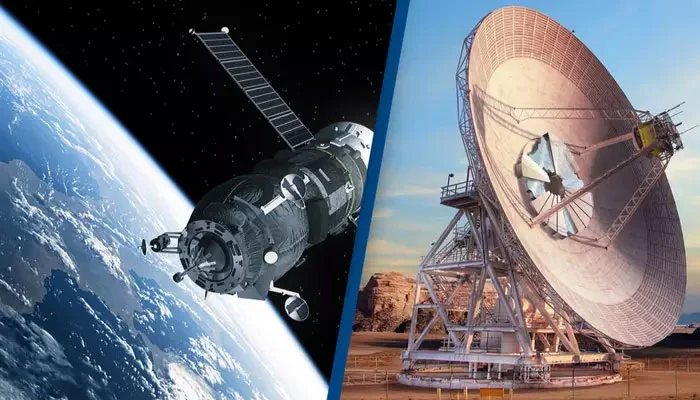NASA has achieved a breakthrough by receiving both radio and laser messages from deep space through its Psyche spacecraft, Unilad said.
The US space agency used the Psyche probe to test the Deep Space Optical Communications (DSOC) system, originally designed for its primary mission to visit the eponymous asteroid.
DSOC, which uses a near-infrared laser, demonstrated its capabilities when a laser signal was detected from 10 million miles away in a November test.
DSOC presents advantages over radio communication, offering better bandwidth for faster data reception. Despite the technological challenges, NASA scientists are considering a hybrid approach that combines radio and laser for optimal communication.
A recent DSOC test successfully acquired data from an impressive distance of 32 million kilometers, demonstrating significant progress over previous tests.
Also read: Apple, Microsoft win exemptions for iMessage, Bing from EU rules
On January 1st, the Psyche team achieved a remarkable download speed of 15.63 megabits per second, a significant improvement – 40 times faster than standard radio frequency.
Amy Smith, deputy director of NASA’s Deep Space Network at the Jet Propulsion Laboratory, highlighted the success of their hybrid antenna in tracking downlink DSOC and synchronous reception of the Psyche radio frequency signal, a historic achievement in deep space communications.
NASA aims to observe Psyche when it is 2.5 times the distance from the Sun to Earth, demonstrating the potential of optical frequencies. Tehrani highlighted the effectiveness of this approach, which allows a single asset to serve a dual function – converting communication roads into highways and realizing significant savings in time, money and resources.
The successful tests indicate a promising future for deep space communications and open up new possibilities for advanced exploration and connectivity.







